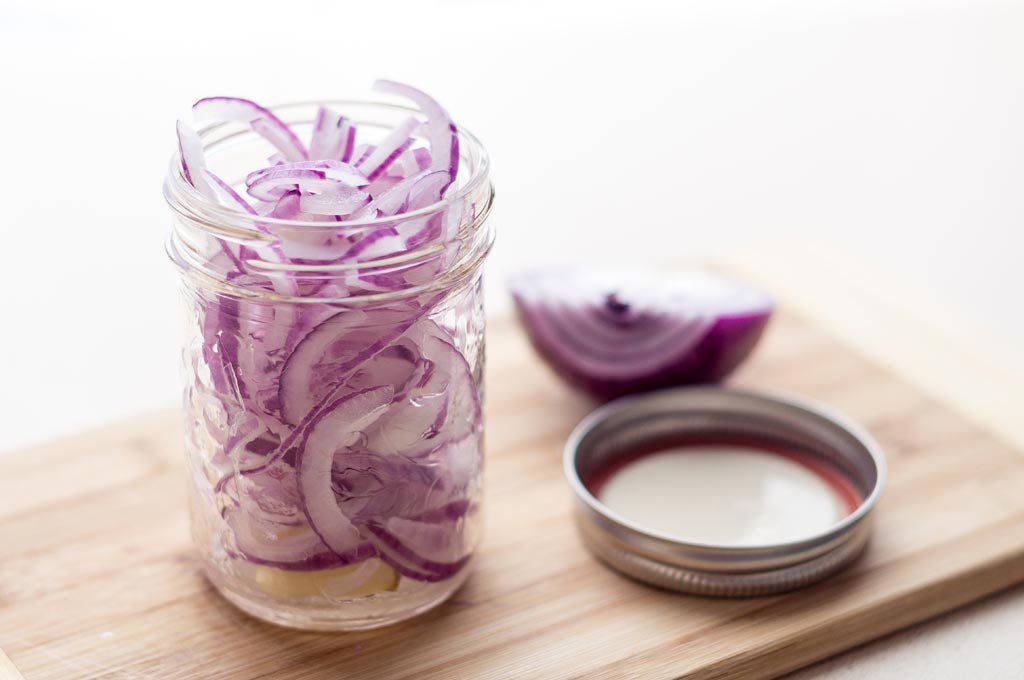Storage may change onions’ chemical structure of bioactive compounds, which can lead to profound differences in bioavailability of flavonoid compounds.
Storage
Cold storage decreases flavonoid content of onions, particularly anthocyanins which are less stable than other flavonoids.
Onions stored at 30°C resulted in 50% more quercetin after 5 months of storage.
Domestic freezing (below 0 °C) of onions portions can extend onions shelf life and be a good alternative to prevent waste, and some research indicates that frozen onions exhibit high flavonoid content.
Freeze-drying increases the flavonoids and anthocyanins levels in onions by 32% and 25% respectively. Freeze-drying technology brings structural changes in onion tissues which make flavonoids more available and accessible.
Practice Tips
- To maximise onions’ flavonoid content, store at room temperature (or in a heated storage area if air temperature drops very low) and avoid cold storage.
- Freeze onion portions to minimise waste. Freezing will help to preserve flavonoid content .
- Store freeze-fried onions in air tight containers in dark storage at room temperature for up to six months, with no significant loss of flavonoid quality.
A review of studies concerning storage, food processing and novel extraction technologies on onions flavonoid content.
References
Ren F, Nian Y, Perussello CA. Effect of storage, food processing and novel extraction technologies on onions flavonoid content: A review. Food Res Int. 2020 Jun;132:108953. doi: 10.1016/j.foodres.2019.108953. Epub 2019 Dec 26. PMID: 32331665.

